
Occasional cloudy water is an issue for nearly all aquarists regardless of how long they have been in the hobby. Normally this problem is associated with beginners during the establishment of their first aquarium. But experienced hobbyists' sometimes encounter cloudy water too through oversight or arrogance.
Let's examine a series of cloudy water events experienced by new hobbyists:
Paul and Jen purchased a 10-gallon aquarium kit and decided to set it up in their living room next to a large picture window. They dumped in the gravel and installed two plastic plants. The tank was then filled and to Paul and Jen's astonishment the water became cloudy. On the advice of a store clerk, they were persuaded to add a water clarifier. The clarifier seemed to help somewhat with the water becoming less cloudy but the extreme opaqueness retuned the next day. They later learned that most water clarifiers are flocculates that group fine particles into larger masses which subsequently are trapped by filtration. As a result, water clarifiers normally only treat the symptom and rarely resolve the source of the problem.
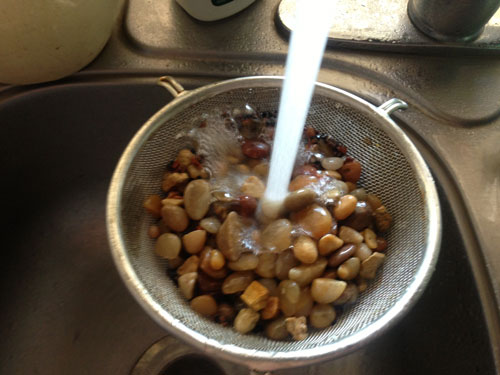
So, what could cause this tank’s cloudy water? The new gravel is the primary cause. New gravel is full of particulate that remains suspended in the water and will take seemingly forever to settle. Even if the water clarifier removes some of the suspended particulate, more will appear every time the gravel is disrupted during tank maintenance or by aquatic life pecking or digging in the substrate. New gravel should always be well rinsed prior to use. This includes gravel labeled pre-washed. Rinse new gravel in a colander until the water flowing out is completely clear.
Continuing Paul and Jen's saga; they emptied the tank and completely rinsed the gravel. The tank was refilled with water treated to remove chlorine and chloramines, a few easy to grow aquatic plants were added and they began the 'fishless' method for cycling their tank. All seemed fine for a couple of days until the aquarium water suddenly turned green. It looked like pea soup. The green color was the result of a massive algae bloom instigated by the tank being blasted from direct sunlight from the large picture window. Rather than move the tank, they conducted a partial water change and chose to block the direct sunlight by installing decorative aquarium background material outside of the tank along the back and sides. Additionally, the window's shades were closed to prevent most of the sunlight from striking the tank. Surprisingly, green water reappeared. Consulting with an experienced aquarist, Paul and Jen learned they were perpetuating the problem by leaving the aquarium light running 24/7 and should connect the light to a simple on/off timer. They also learned that green water can result from excess nutrients building up from overfeeding and from a lack of regular tank maintenance such as partial water changes.
After several months of success, Jen and Paul were gaining experience and enjoying their aquarium. Each week, they meticulously vacuumed the gravel and conducted partial water changes. The filter was cleaned every few weeks and never on the same day as a tank cleaning. Yet, for inexplicable reasons, the tank was cloudy again. Then it occurred to them what caused the cloudy water; too many beneficial bacteria were eliminated. With a pending get-away weekend vacation, they hurriedly conducted all maintenance in the same afternoon.
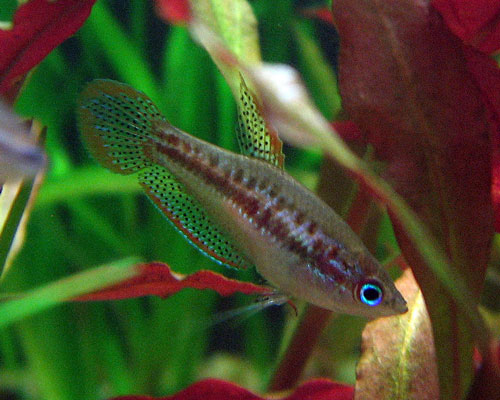
Normally, they did gravel cleaning and a partial water change a few days apart from filter cleaning. What they experienced is called a bacteria bloom which is a sudden increase of bacteria in suspension. The bacteria reproduced so quickly that they actually became visible like fog. It is the prevailing cause of cloudy water. Bacteria blooms are usually seen in tanks that are not completely cycled or in an established aquarium that suddenly experiences a massive cleaning. Other causes of bacterial blooms are from large quantities of dissolved organic compounds (DOC) which include uneaten food, decaying plants or dead fish.
Thankfully, DOC are not a problem in Paul and Jen's aquarium but lately, they have noticed the water taking on a strange yellow tint. The only change to the tank was the addition of two pieces of driftwood. What they are experiencing is a release of tannins into the water from the new driftwood. It will not hurt their fish but to lessen the tinting of the water, they should have soaked the wood in a container of water first. To do this, completely submerge the wood in a bucket of water and change the water daily until the amount of tannins is reduced to a level that it only slightly tints the water.
Experienced hobbyists sometimes encounter cloudy water. Normally it is a forehead slapping moment with the person thinking, "How could have I made such a mistake?" Things like excessively disturbing the substrate while rooting aquatic plants which sends a cloud of fine mulm throughout the tank, forgetting to use water conditioner during a water change (yes it happens) and through distraction, forgetting to restart a filtration system following maintenance.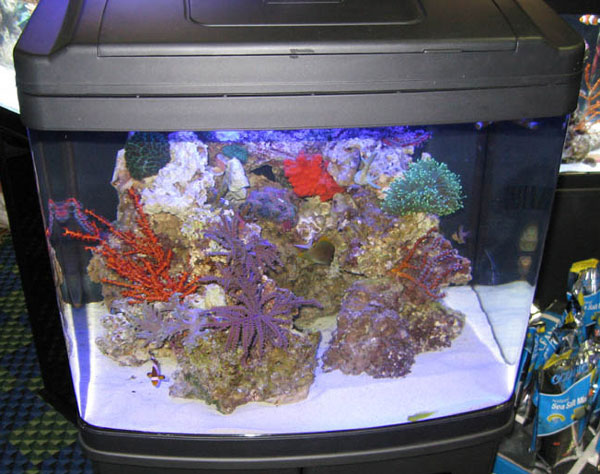 Marine Nano Tank Problems
Marine Nano Tank Problems
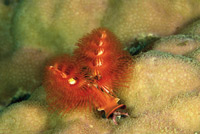 Aiptasia
Q. I have Aiptasia all over my aquarium and have been
Aiptasia
Q. I have Aiptasia all over my aquarium and have been
 Catch More Salmon - Follow These Simple To Implement Techniques
FLAT Rigs outriggers, shock cord snubber, and rigging kit i
Catch More Salmon - Follow These Simple To Implement Techniques
FLAT Rigs outriggers, shock cord snubber, and rigging kit i
 Would You Like The Supreme Fishing Experience? Heres The Reason Why It Is Essential To Carry The Mo
If what youre seeking out is considerably more fish thr
Would You Like The Supreme Fishing Experience? Heres The Reason Why It Is Essential To Carry The Mo
If what youre seeking out is considerably more fish thr
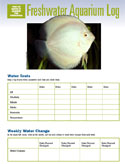 Aquarium maintenance logs for freshwater, saltwater and reefkeeping aquarists
Thank you for signing up for the FishChannel newsletter, the
Aquarium maintenance logs for freshwater, saltwater and reefkeeping aquarists
Thank you for signing up for the FishChannel newsletter, the
Copyright © 2005-2016 Pet Information All Rights Reserved
Contact us: www162date@outlook.com